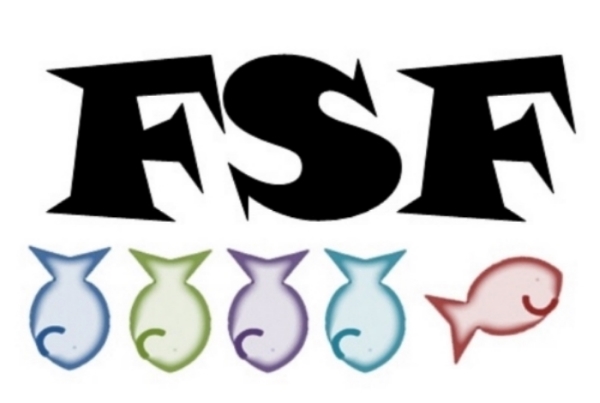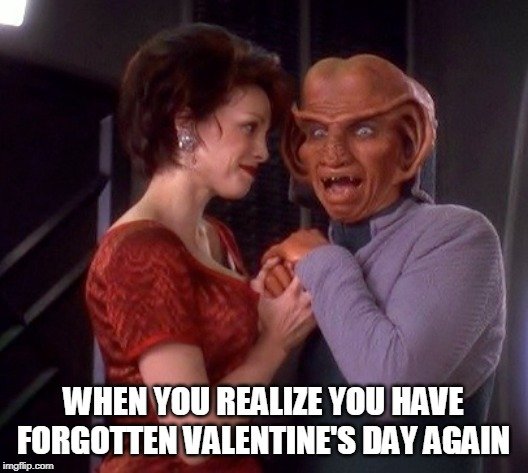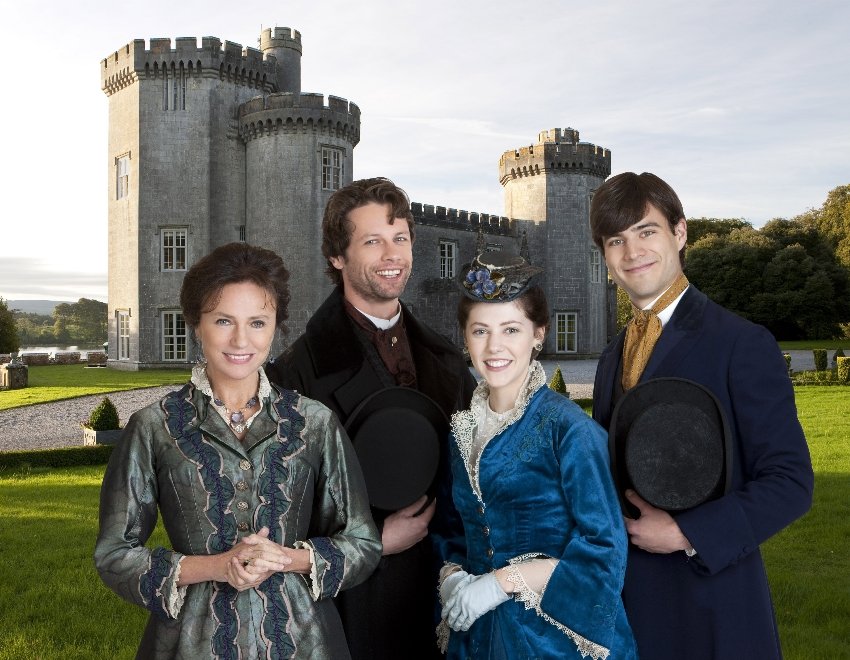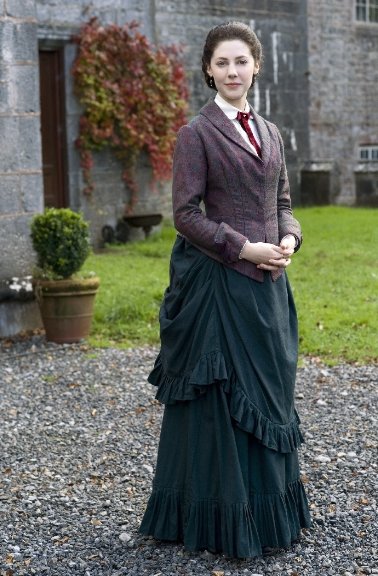Hey there! Do you like James Joyce? Nope. Too bad! It’s St. Patrick’s Day!
There’s very few summaries of this movie online, so I’m gonna go ahead and go through most of it in this blog. Here there be spoilers.
Ewan McGregor (a Scotsman) plays the famed Irish author and Susan Lynch (one of Ireland’s only actresses in the 90s) plays his wife Nora Barnacle. Yes, her last name was really Barnacle and I love that fact. The movie opens with Nora’s hard home life and - Is that young Andrew Scott as Nora’s boyfriend? Oh and he’s gone. Nora moves to Dublin to escape screaming guardians and a poor reputation. James sees her on the street, is instantly smitten, and she gives a very public sexual act on their first date. Not to shame another woman, especially one living before voting rights, but not a great way to save your reputation. Anyway, this first date inspired events in Ulysses and Dublin’s annual Bloomsday (pretty sure the holiday does not actually mimic the events of the first date).Jim
Jim is rather an ass of a boyfriend at first. He accuses her of being in unfaithful. He’s frustrated that she won’t “go all the way”. But most ridiculous is about a letter. He gets upset when his friends tell him that a love letter she writes him sounds copied out of a book. She states that even writers need to use the same words as everyone else.
She forgives him pretty quickly and they leave for Switzerland where Joyce gets a job as a singer, but is really there to stretch his writer’s wings.
Despite Nora’s intelligence (she learns Italian and French In the midst of giving birth to her first child), James acts like she doesn’t fully understand his genius. His brother, Stan, comes to visit from Ireland when James’s drinking gets worse and he can’t get any publishers to print The Dubliners, a book which includes scenes inspired by Nora’s younger life (something he doesn’t tell Nora until after he’s written it). Still, the story makes her happy and they’re lives become a little more peaceful as their daughter comes along.
That is until Joyce goes home to Dublin for a visit and starts listening to his friends again who plant the sane ideas that Nora is unfaithful. Stan comes back to take care of the depressed Nora, trying to remind her of his brother’s writer’s madness. “He sees rejection everywhere”. Seriously, Stani is too lovable here as he takes care of their daughter.
James comes to his senses and they send each other the infamous “sex” letters until he comes home. Nora declares that getting him to come home through letters proves “she’s beating him at this writing game”. Really, Stan was also a writer who would later prove both his brother’s genius and childishness in his own books.
A man interested in James’s writing becomes obsessed with Nora. Of course, this messes with the insecure author’s head and Nora accuses him of wanting her to have an affair so he can use it for a story. She reveals that she’s stopped reading his work because she’s tired of seeing her life “twisted up”, but he argues that he’s “celebrating” their lives together. The row results in him trying to burn several pages and Nora having to rescue them from the stove. To escape his jealousy, Nora goes back to Ireland with the children and stops to talk with Jim’s publisher about why The Dubliners still isn’t in print. The man states that some stories seem “dirty” including the one based on Nora’s teen years.
James comes to get her and the children. They return to the continent to live near Stani and find a different publisher for the Dubliners. The film ends there without going into the publication of ulysses or how the couple’s daughter suffered from mental health problems. But Ewan McGregor Sings over the credits, so that’s good.






































